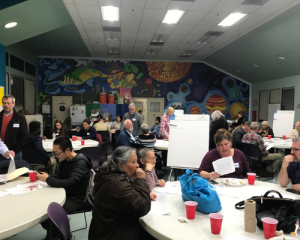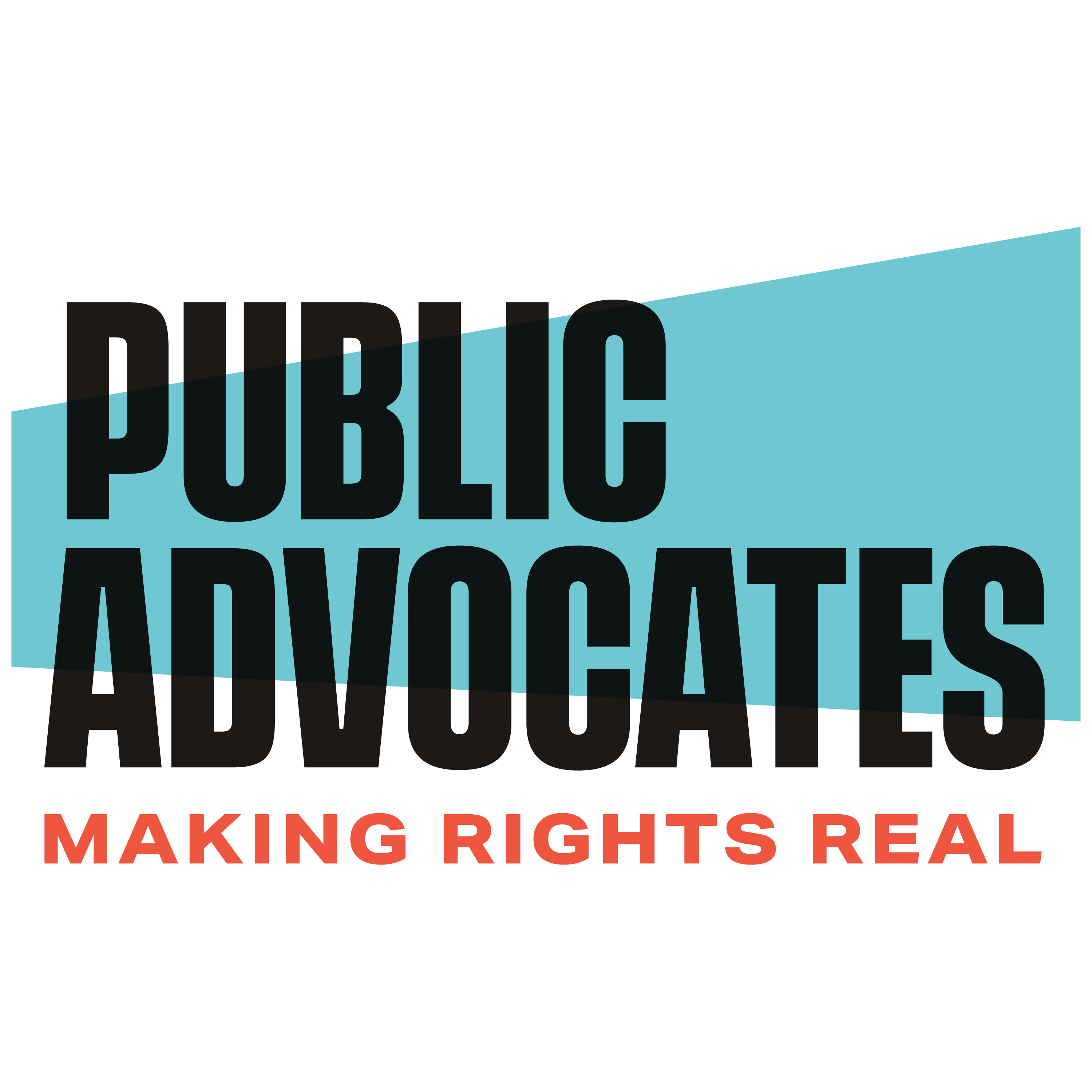Blog – Housing in the Bay Area: An Untold Story
By Law Fellow Shajuti Hossain
July 24, 2019
One of my favorite books growing up was The True Story of the Three Little Pigs. The “big bad wolf” explains how he asked his neighbors for sugar to bake his grandmother’s birthday cake, but because of a cold, he sneezed and accidentally blew their houses down. I was drawn to this story because it shared an unheard perspective.
Even at my legal fellowship at Public Advocates, I have been constantly observing the narratives around me and how they affect my perceptions: corporations use marketing tactics to convince us that we need their products; social media platforms design algorithms that convince us to stay engaged as long as possible.

I’m eager to shift the narrative around housing, so we can succeed in convincing the broader public that we need policy change that prioritizes tenant protections. As an early step in disseminating that unheard perspective, I’ll tell you the true story of housing in the Bay Area – from my perspective as an equity advocate. Understanding the nuances of this story will help us collectively address the housing affordability crisis and ensure that everyone can afford a safe and stable home in the Bay Area.
Golden Gate, Golden State
The mainstream story of the Bay Area calls the region the most liberal place in the US. I definitely had this impression before I moved here from North Carolina. However, the Bay Area’s housing policy does not square up with that impression. Specifically, many neighborhoods are currently more segregated than they were in the 1970s and public schools are disturbingly underfunded. These circumstances are legacies of exclusionary policies that were driven by corporate interests. Exclusionary policies, such as redlining, existed not too long ago and continue to dominate the discourse on city planning.
The Bay Area’s slow progress on equitable housing became clear to me when I sat in a modern San Francisco building in the Spring of 2019 and watched a group of mostly white, elected officials discuss displacement. They had just learned that displacement risk in the Bay Area had reached an “all-time high of 42%” in 2017. Instead of discussing what to do about displacement, they tried to poke holes in its definition. One story went something like: “I have an African-American constituent who moved to our city from Oakland for better public schools — that’s voluntary displacement and it should be identified as a different kind of movement.” I was immediately concerned by this conclusion, but I was slightly relieved when another official corrected it and explained that such a move is not voluntary when families leave because their existing neighborhoods do not have the resources for them to thrive.
I also attended meetings of CASA: The Committee to House the Bay Area, an 18-month task-force convened by the Metropolitan Transportation Commission in 2017. It was designed to propose “bold policy solutions” to the housing affordability crisis. However, only 3 grassroots and tenants rights groups were asked to join the CASA committees while over half of the 50 committee members represented local governments, developers, tech companies, and other for-profit industries. In other words, Bay Area housing discourse has not progressed enough to include the voices of residents who are struggling to afford a home or experiencing homelessness.

Home is Where the Heart Is
Every story has a character who experiences pain. In the dominant CASA story, many CASA committee members painted the “sacrifice” of businesses to pay taxes, or cities to accept affordable housing development as “shared pain.” They did not recognize that those experiencing the real pain are families who are displaced from their homes due to rapidly rising rents or arbitrary evictions. As Ayanna Pressley famously said, “the people closest to the pain should be the closest to the power…” However, the reality is that low-income tenants are not closest to the power.
In an effort to bring them closer to the power, the 6 Wins for Social Equity Network (“6 Wins”) spent months pushing CASA to incorporate a formal community engagement process. Public Advocates co-convenes the 6 Wins, a region-wide coalition aiming to break patterns of segregation, sprawl, and pollution through transit, housing, jobs, and sustainability policies. CASA eventually funded several community meetings to seek input from affected communities. Although the community meetings were well attended by residents, few CASA leaders showed up to listen.

Residents across the region were dismayed by the recognition that their comments were likely not going to change the final CASA plan — in fact, CASA landed on tenant protections that were significantly weaker than what the residents shared that they needed. For example, both during and at the end of the CASA process, residents emphasized their need for strong rent control to prevent displacement. However, CASA’s proposed “anti-gouging” policy did not meet this need and would instead only prevent some exceptionally huge increases while still allowing thousands of families to be priced out of their homes.
There’s No Place Like Home
In the dominant story, the hero is more housing supply and the sidekicks are policies that favor for-profit developers. Theoretically, more supply will lead to a decrease in price.
But the housing crisis does not exist in a vacuum. The reality is that the wealth gap is growing, rents are increasing faster than incomes, and discrimination persists. “Supply and demand” does not account for these factors. What kinds of solutions will address these factors? The solutions we need will change the fact that the housing market is prioritizing profits over people and turning homes into commodities. They will center everyone’s need for a stable home, especially for people of color who have faced long-standing racial discrimination and inequities, and recognize that home is the foundation of a happy and healthy life.
The Home Run
Over the last few months, I have realized how much social change depends on sweeping changes in public perception. In response, I took a first try at influencing public perception on solutions to the housing crisis by working on a video that explains the “3 Ps” policy framework – the framework that the 6 Wins fought to integrate into the CASA process. The 3 Ps are: (1) tenant protections, (2) affordable housing preservation, and (3) affordable housing production. This framework recognizes that we must start by protecting vulnerable tenants, and that the housing crisis and its solutions are much more complex than simple supply and demand.
My next goal is to improve my storytelling skills (like by using strong metaphors!) in ways that encourage decision-makers to hear from those experiencing the pain of displacement. This will eventually bring public perception closer to reality. To move toward this goal, we must all listen to and support the stories from the people closest to the pain. And I hope one day, the true story of housing in the Bay Area will be a happier one.

